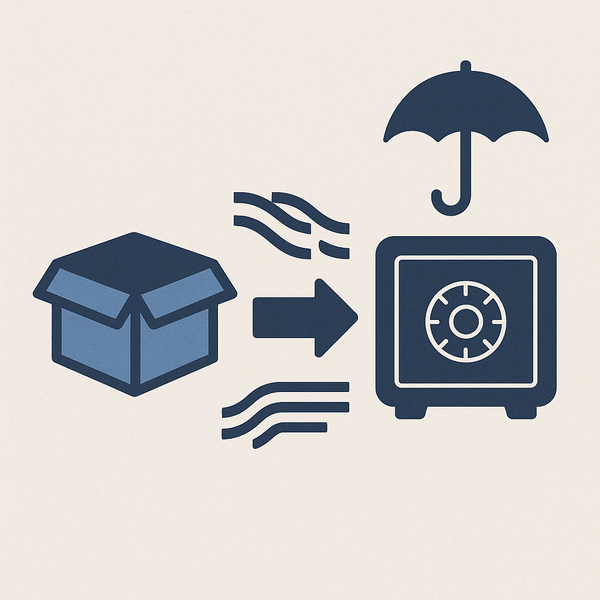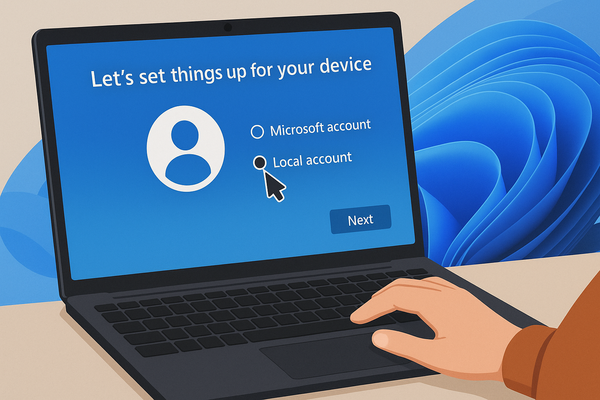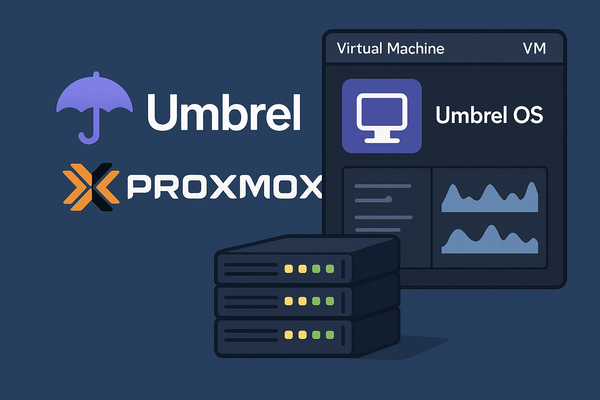The Story Behind the Creation of KomodoOcean (Part 1)

Today, I’d like to share the story behind the birth of KomodoOcean (Komodo-Qt)—an advanced native GUI wallet, reminiscent of Bitcoin Core, designed for Komodo (KMD) and its asset chains.
Before writing this post, I debated extensively on how to start, and I eventually decided to lay everything out in strict chronological order. So, it’s 2017—around the middle of the year, though the exact time escapes me now. I’m sitting in front of my computer, reverse engineering some awful ARM binary pulled from a phone’s firmware, searching for the right spot to patch it. I don’t even remember exactly what it was—probably some Linux kernel from a device that, due to manufacturer-imposed restrictions, wouldn’t boot a custom recovery (TWRP). Yes, I was a bit deep into reversing back then, tackling various crackmes and participating in several hackathons, even winning a few prizes. But it was all just an interesting hobby—a way to spend my time and understand how computer systems work inside. For many, the process of analyzing software and protecting it from tampering seems almost magical, and I’ve always been drawn to interesting and “mysterious” challenges. I never liked leaving puzzles unsolved… That’s how I got acquainted with the x86 architecture, then x86_64, later ARM, and even a “behemoth” like Hexagon (also known as QDSP6)—I even had to tinker with radio modules =)
Then, on one of those days, a friend messages me in chat saying, “Hey, check out what I found...” and sends me a link to the Komodo ICO. I see something that looked like this:

And I thought, “I’ve landed on a completely different planet. What are these cryptocurrencies?” You might be surprised, but in 2017 I wasn’t really familiar with cryptocurrencies yet… Unfortunately, I’d only heard about Bitcoin and dismissed it as the plaything of geeks. I didn’t have any desire to try it out, explore it, or get to know it better. I was similarly uninterested in things like administering Linux servers or anything that lay outside the world of Windows. Sure, I could debate topics like creating an application that, with admin privileges, accesses another process’s memory space, pauses a thread for a bit, tweaks some code or data sections, and then hands control back. But, for example, setting up Apache or a LAMP stack on a Linux server? I just wasn’t into it. Perhaps it was because I simply didn’t have Linux servers around me (I even ran a small ISP local forum on my home Windows Server with IIS and PHP as FastCGI) … At that time, I thought that if I ever needed Linux skills, I’d pick them up eventually. However, I did feel a twinge of envy when I heard friends talk about setting up a mail server using Postfix, integrating it with RoundCube or something similar, and having everything run flawlessly. I’d tell myself that someday I’d dive into that realm as well—and, in a way, I wasn’t entirely wrong… Even now, I believe you can master just about anything, whether it’s a new operating system, a programming language with a radically different approach (hello Rust and Haskell), or even piloting a spaceship… if only there were a real-world need for it.
So there I was, looking at all these cryptocurrencies… Delayed Proof of Work (dPoW) consensus, resistance to attacks… key distribution schemes… Zcash’s Zero-Knowledge Proof—and I could feel my brain slowly starting to overheat. Meanwhile, my friend kept explaining that you could buy a ton of KMD for a modest amount of BTC during the ICO, that this was the future, and that there was serious profit to be made. He mentioned that the project’s originator—jl777, a person with extraordinary potential and endless stamina who was coding almost 24/7 and constantly improving the project—was practically a real-life Satoshi Nakamoto. All these explanations were backed up by charts, a whitepaper, and countless links to articles, forum posts, and other documents. Understandably, my mind went into defense mode, and every time I heard “ICO,” the abbreviation, which in my native language sounded similar to “EKO” (as in in vitro fertilization), made me picture an unborn child. Every time someone mentioned ICO to me, I imagined a fetus in its mother’s womb.

Still, my friend wouldn’t give up and kept urging me to dig into the project… to understand what it was all about. Finally, one fine day, I caved in and decided to see what this innovative idea was that humanity had come up with and how zk-SNARKs and dPoW could benefit me personally. Yes, these concepts are pretty clear now, but back in 2017, these terms meant nothing more than baffling acronyms to me. As for the financial aspect of the ICO—I admittedly wasn’t paying much attention. Sure, I saw financial projections, percentages, promises of profit, and rising crypto charts, but not only did I have no idea how to participate even if I wanted to, it all felt very much like a pyramid scheme. I was too lazy to even read up on what an ICO truly was, so I simply asked my friend, who clearly knew far more about this than I did, “Well, if the profits don’t depend on new participants and it’s not some kind of MLM, then show me the technical side of things.” “Let’s at least see how it works…” That very day, I installed VirtualBox/VMware (I can’t recall which one I favored at the time) and set up Linux in it in order to build the komdod binary (Komodo Core Daemon), naturally under my friend’s guidance.

I must add that I had zero idea how to work with Linux back then. I ended up reading tons and figuring out lots of things because I wasn’t used to simply following step-by-step instructions like “do this, then do that.” For me, it was crucial to understand what I was doing and what each action would lead to. The whole process was further complicated by my friend bombarding me with an endless stream of information—for instance, he would mention that the Komodo team was working on some explorer that served as a blockchain browser, where allegedly you could view any transaction. Yet, the catch was that KMD featured some private, zero-knowledge transactions, and that was exactly the problem; they were so secret that the balances wouldn’t match up, something nobody in the world had ever dealt with. This explorer was supposedly going to be one of a kind… The only clear thing was that nothing really made sense… Still, I had received instructions on how to build and run the Komodo Core Daemon from jl777’s GitHub repository…and after some time, I compiled my very first komodod binary and launched it. Immediately, the screen was flooded with a ton of incomprehensible data—blocks, hashes, numbers, heights, and more. Not only did it raise a thousand questions from my earlier curiosity, but it also spawned another thousand. Yet my friend patiently explained every detail to me. Finally, the daemon synced with the network…and it was time to test things out… I received my first KMD ;)

But then, I didn’t know how to check whether they had indeed arrived or what was going on. That’s when I got acquainted with RPC and the komodo-cli. It took me a while to understand the underlying structure of this whole system. I learned that there was the daemon (komodod), the command-line tool (komodo-cli) for communicating with the daemon via RPC, discovered what debug.log was, and found out that running something like ./komodo-cli getbalance would reveal your balance. When I saw that my balance wasn’t zero, I was mesmerized… I had just touched innovation. That’s also when I learned that Komodo is actually a fork of Zcash—and Zcash, in turn, is a fork of Bitcoin. Back then, I didn’t quite grasp what a fork really meant or how these cryptocurrencies differed from one another… but the spark was lit. I was hooked; I discovered a world I’d never seen—or perhaps even wanted to see—up close. And so, the next thing I got into was building Bitcoin Core… just to see how the same thing looked for the very first cryptocurrency. My friend even had a laugh at my expense… Well, looks like I got hooked on crypto junk after all!
p.s. Interested? The next part of the story is coming very soon... In the meantime, you can check out the KomodoVerse NFT collection at https://getgems.io/komodo ... perhaps you’ll find your own unique Komodo Dragon. Every little dragon is one-of-a-kind... the collection currently features 107 unique characters.



